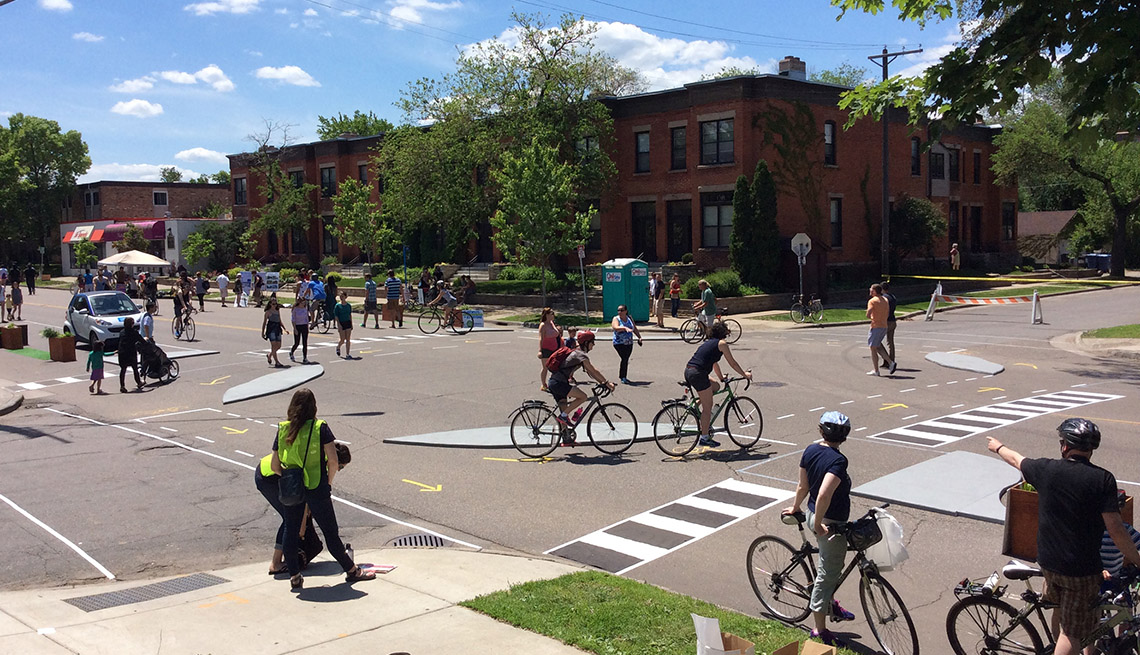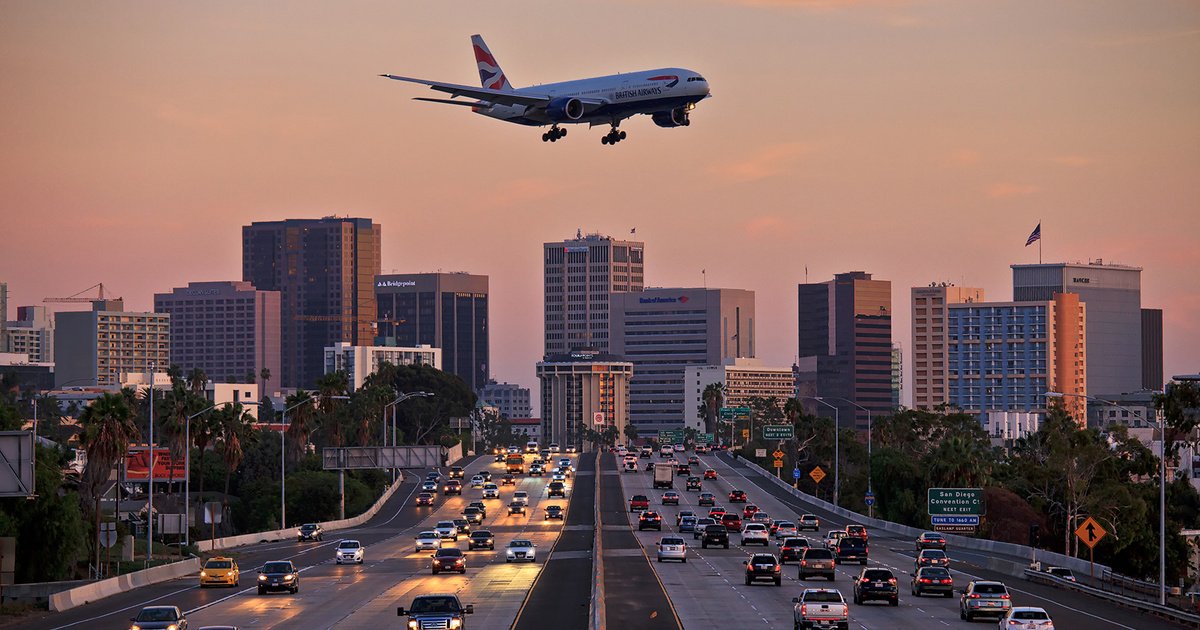
- Select a language for the TTS:
- UK English Female
- UK English Male
- US English Female
- US English Male
- Australian Female
- Australian Male
- Language selected: (auto detect) - EN
Play all audios:
THE GOAL To create a bicycle lane that is protected from cars and pedestrians THE BACKSTORY Despite relatively high levels of bicycling and bicycle infrastructure throughout a city that has
the reputation of being one of the best cities for bicycling in the U.S., Minneapolis had yet to install a single protected bike lane. A protected bike lane adds curbs, parked cars,
landscaping and other physical barriers to protect bicyclists from moving traffic. THE PROJECT Protected bike lanes make bicycling safer, except at the most dangerous places: intersections.
The solution? The Protected Intersection. Originally a Dutch concept, the protected intersection shortens the crossing distance for bicycle traffic, adds corner refuge islands between cars
and people walking and bicycling, improves light signal phasing and gives bicyclists and pedestrians a head start when the light turns green. In addition, the design slows vehicles and puts
right-turning drivers in a position where they can easily see a bicyclist or pedestrian crossing. THE TIMING In 2013, a pop-up protected bike lane event took place, led by a volunteer
leadership team, and in 2014 the Minneapolis-based advocacy coalition Bikeways for Everyone conducted four one-day pop-up protected intersection projects — including one on Lyndale Avenue —
as part of a city-sponsored open streets program where designated streets are opened to only pedestrians and bicyclists. THE LOGISTICS The street normally has four traffic lanes and parking.
Reallocating two of the travel lanes provided room for creating a 10-foot cycle track on each side of the street, maintain on-street parking, and have room to maneuver around the corner
refuge islands. The Bikeways for Everyone team constructed 15 plywood planter boxes, which they laid out as corner refuge islands to separate people from motor vehicles in the intersection
COSTS AND CREW Bikeways for Everyone, Open Streets MPLS/City of Minneapolis, the Minneapolis Bicycle Coalition, designer Nick Falbo of Alta Planning+Design were all involved in the
demonstrations. The materials cost about $600 and the planters took three hours to assemble by 10 volunteers. The team rented a truck to haul the planters to the target locations. Local
nurseries lent plants to the project for use on the demonstration days. OUTCOMES AND NEXT STEPS Nick Falbo, who designed the protected intersection demonstration, observed: "Children
seemed to get it intuitively. They'd roll up through the intersection and just turn slightly to the left and sit in the protected area before crossing. I couldn't imagine the same
thing happening with more conventional designs." The city of Minneapolis has approved a plan to build 30 miles of protected bike lanes by 2020, and is considering protected
intersections as well. LEARN MORE _Page published Summer 2016_










